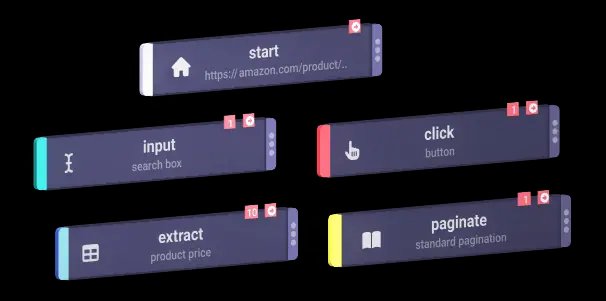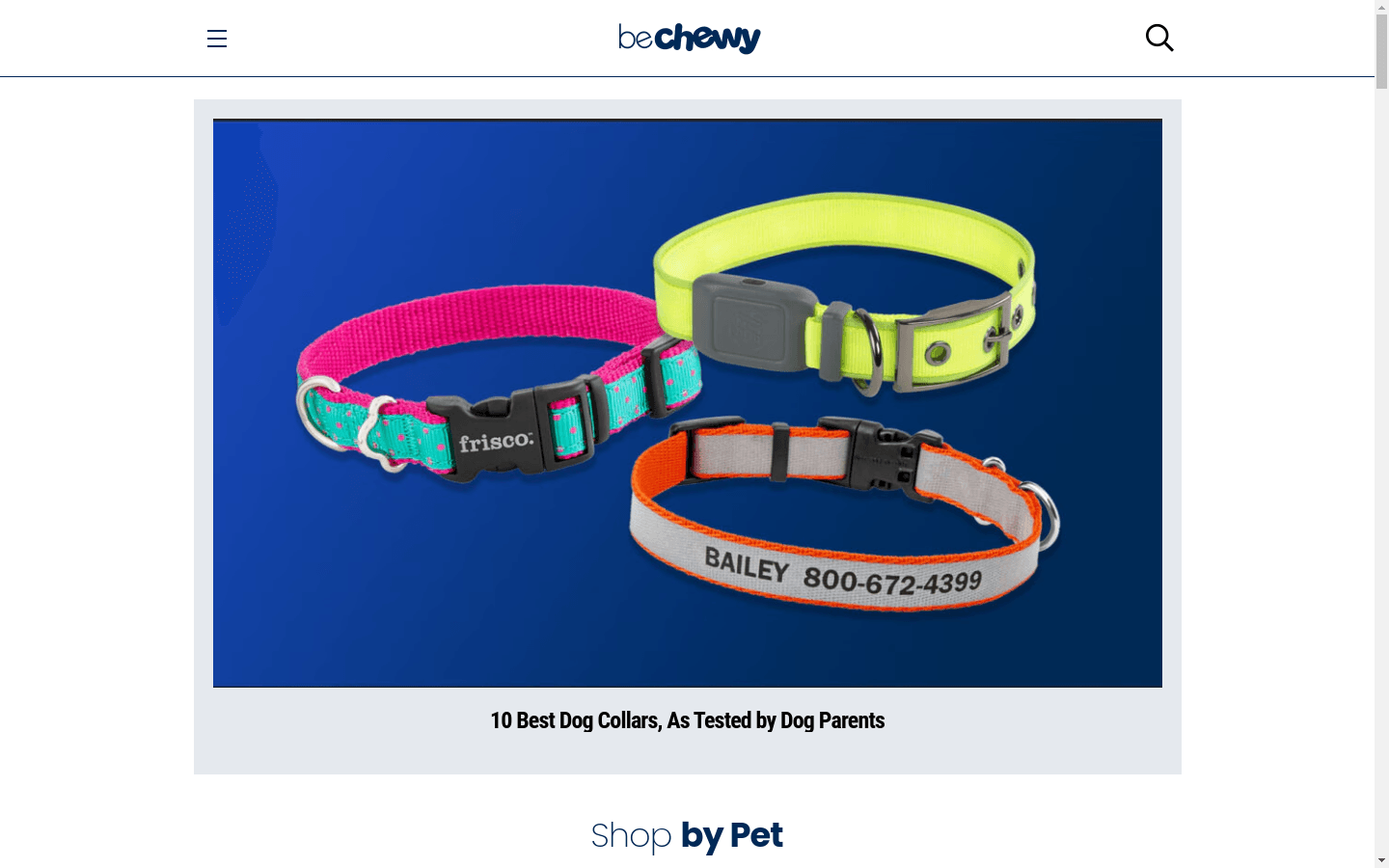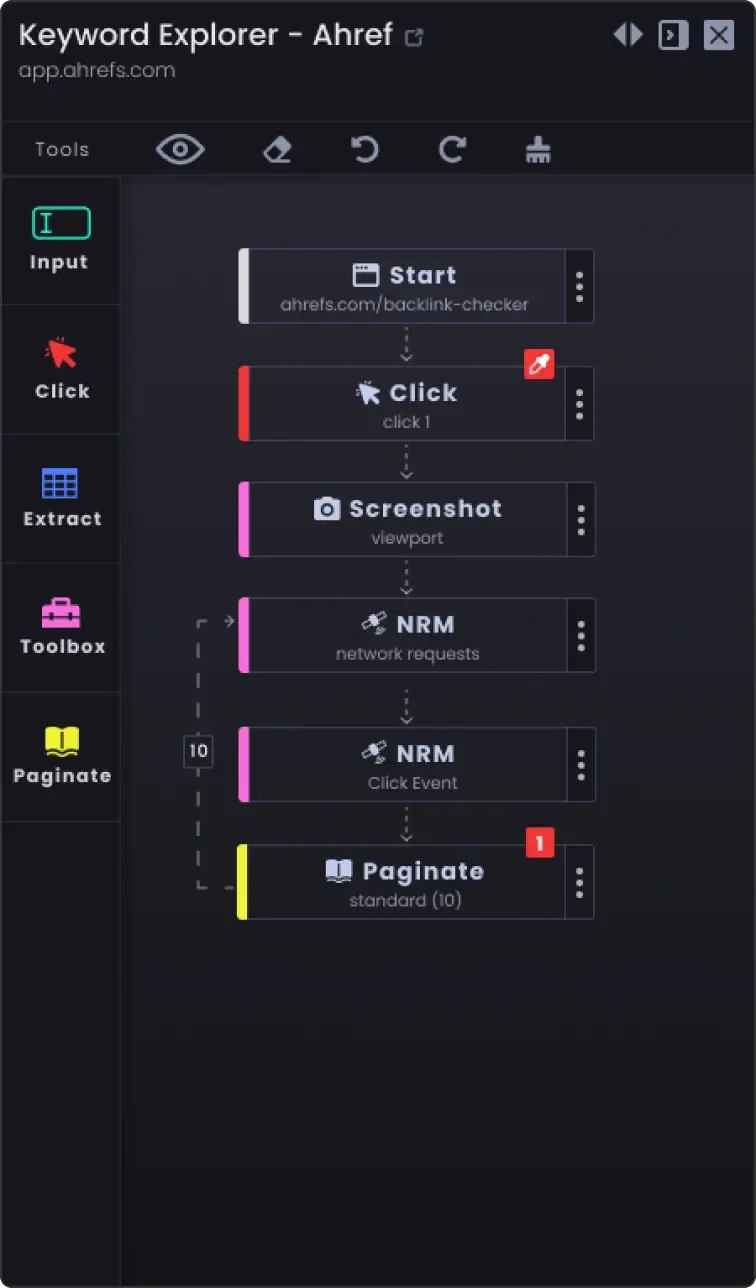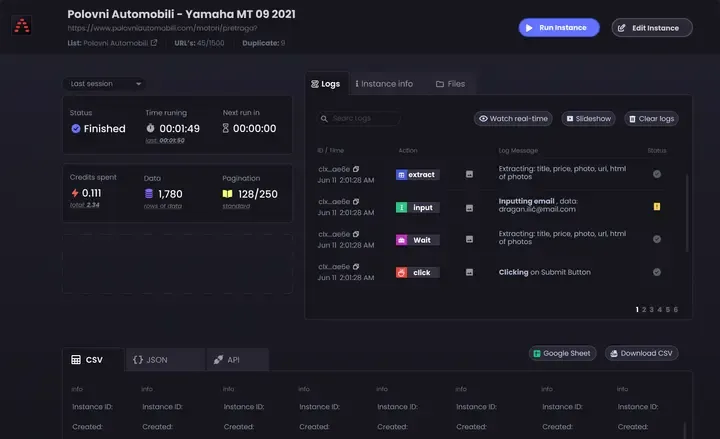Scraping data from Chewy is valuable for several reasons. Firstly, it allows users to organize pet-related information in a structured manner, making it more accessible and easier to analyze. For instance, comparative data on pet products, customer reviews, and pricing can be invaluable for market research, trend analysis, and consumer behavior studies.
Secondly, scraping data saves time. Manually gathering information can be tedious and time-consuming. Automated scraping tools can quickly compile comprehensive datasets far more efficiently. This enables businesses and researchers to focus on analysis and decision-making rather than data collection.
Thirdly, having access to such data can enhance various projects. Businesses can utilize these insights for competitive analysis, inventory management, and strategic planning. Academics and researchers can leverage the data for studies on animal care trends, product efficacy, and other related topics.
Moreover, someone might want to use the data from Chewy to stay competitive in the pet supply market. Gaining insights into pricing strategies, customer preferences, and new product launches allows for more informed business decisions. It also helps in developing targeted marketing campaigns and improving product offerings to better meet customer needs.
Legal Disclaimer: While scraping public data from websites like Chewy is generally permissible, it is essential to review and adhere to the website's terms of service. Users must ensure that their activities comply with applicable laws and guidelines. Compliance with these regulations is solely the user's responsibility, and any misuse or breach of terms could result in legal consequences.



